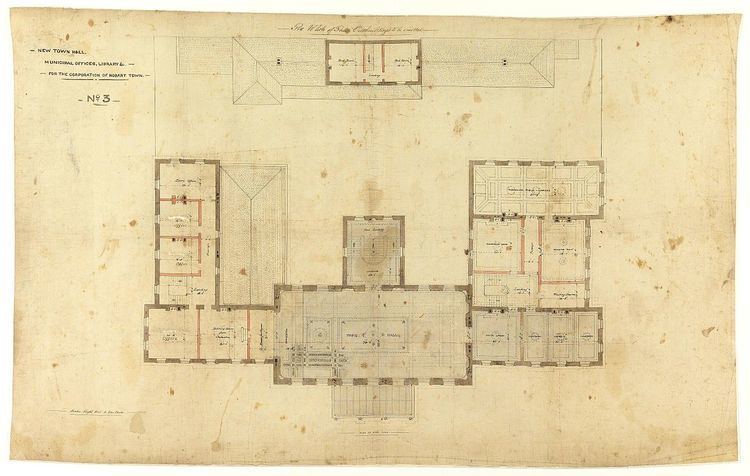Nationality British Occupation Architect | Name Henry Hunter Role Architect | |
 | ||
Practice Crawford Padas Shurman Architects Alma mater Nottingham Trent University, School of Art and Design | ||
Henry Hunter (1832–1892) was a prominent architect and civil servant in Tasmania and Queensland, Australia. He is best known for his work on churches. During his life was also at various times a state magistrate of Tasmania, a member of the Tasmanian State Board of Education, the Hobart Board of Health, a Commissioner for the New Norfolk Insane Asylum and President of the Queensland Institute of Architects.
Contents
Life
Hunter was born in Nottingham, England, son of Walter and Tomasina Hunter. His father was also an architect, and he studied the craft under his father before attending the Nottingham School of Design. He immigrated to Australia in 1848 with his two sisters and parents, originally settling in South Australia before moving to Tasmania. Upon the death of his parents 2-3 years after arrival in Australia, he moved to Tasmania where his older brother George Hunter had already settled.
Hunter spent a short period in the Victorian goldfields on his way to Tasmania, before properly immigrating to the island state. He became engaged in the Huon Valley timber trade for several years, and in 1858 married a Miss Robertson - orphan daughter of an officer. He began work as an architect the same year.
He worked in Tasmania for thirty seven years, during which he also engaged in a number of civic roles and was a noted local singer. He co-starred with Amy Sherwin in an amateur performance of Il trovatore, and was leader of the St Joseph's Church Choir for 30 years. He moved to Brisbane in 1888 where he opened an architectural firm with his former apprentice Leslie Corrie. Upon his departure a farewell dinner was organised by builders and architects of Hobart, attended by the Lord Mayor of Hobart, Premier of Tasmania and the state Attorney General. During his time in Brisbane he remained a prominent architect, being President of the Queensland Institute of Architects in 1890 and Vice President in 1891. His most notable works in Brisbane were additions made to the All Hallows' School convent and the design of the Queensland Deposit Bank.
Public buildings
Churches
Residences
Schools
Other
Legacy
The Henry Hunter Prize for Architect is a prize awarded triennially to architectural projects that involve the "recycling or conservation of historic buildings". The Henry Hunter Galleries, the main permanent art exhibition at the Tasmanian Museum and Art Gallery are also named in his honour. A collection of 1800 of his architectural drawings and notes are held by the Tasmanian Museum and Art Gallery.
In 2006 the architectural firm founded by him (presently known as Crawford Padas Shurman Architects) celebrated its 150th anniversary of continuous business.
Several of his apprentices went on to be influential architects in their own right; Alan Cameron Walker went on to construct several other notable Tasmanian landmarks, including the General Post Office, Hobart and Leslie Corrie went on to become a prominent Brisbane architect and later Mayor of Brisbane.
